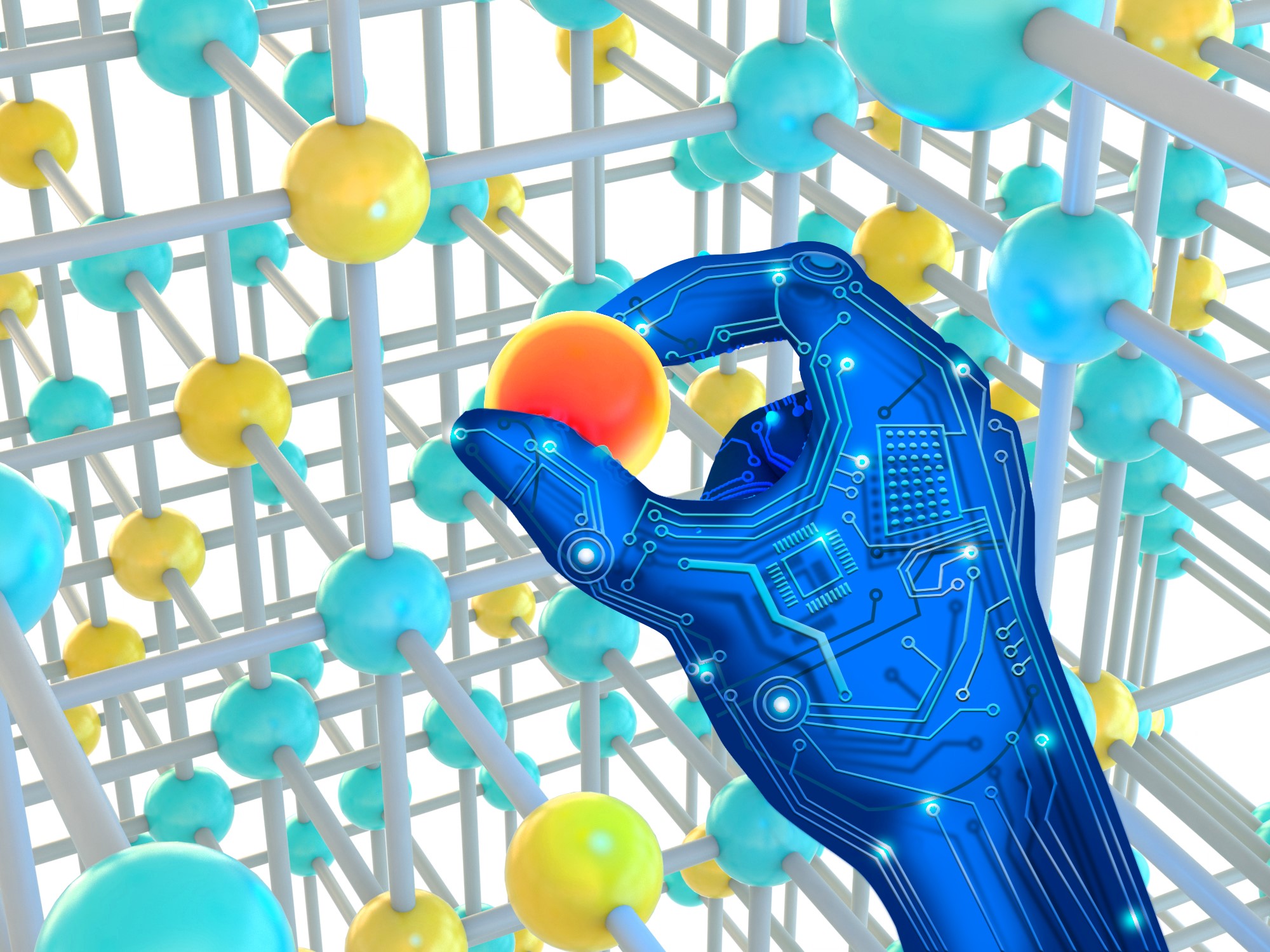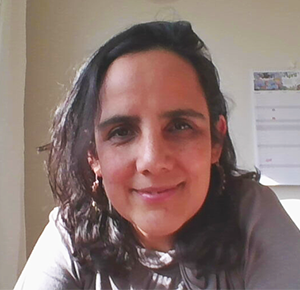She designs new materials on an atomic level

By using quantum mechanical modelling, KTH Researcher Raquel Lizárraga can help companies to cut years and millions from the development of new materials.
Raquel Lizárraga is a researcher at the Department of Materials Science and Engineering at KTH, working with Applied Material Physics. She is also the founder of QM4Mat, a spinoff from her research that helps companies design new materials using first principles Quantum Mechanics calculations.
- We model materials at the quantum mechanical level, meaning that we look at what atoms and electrons do inside materials. The idea is to be able to predict the properties a material will have, like its strength or plasticity.

KTH enabled closer connections with the industry
Using Quantum Mechanics to design materials is an approach that is still quite new to the industry and it wasn’t until Raquel came to KTH that she started thinking of practical implementation of her research.
- At KTH, I got the opportunity to start working in close connection with the industry, says Raquel. For me, that meant I started thinking more in terms of practical problems, and not just the theory.
Can save millions of Swedish crowns
The normal process when a company needs to develop a new material is both long and costly.
- Let’s say you need to replace a material you’re currently using. If we’re talking about an alloy of two different elements it’s fairly simple, but the more elements you add, the more complicated it gets. It may be that you’re facing a process of trial and error in the lab to find a material with the right properties. From that point of view, we thought that the more guidance a company has the better, because we’re talking about millions of Swedish crowns and several years spent on research, says Raquel.
"Showing the industry what we can do"
The first step towards utilization was taken within a European Institute of Innovation and Technology (EIT) funded project, where a group of universities came together in QM-FORMa, a network of world leading experts who can design new materials using first principles Quantum Mechanics calculations.
- The idea was to start showing the industry what we could do and how we could help them improve their materials and develop new ones. It was an interesting project and we started feeling more confident that this kind of research could be useful for companies.
Towards the end of the project, Raquel wanted to continue working. She first got in touch with KTH Innovation at the start of the summer of 2019.
- We wanted to hire a post doc through a partner, but ran into a whole lot of different problems on the way. Someone recommended me to get in touch with KTH Innovation, and I met Fredrik Jansson, my business development coach. There are so many things you need to consider and when you don’t know what to do or how to do it, it’s great to get help. I don’t think I could have done it by myself.
How it works
One of the companies Raquel has been working with is Sandvik Group. For years, the company has tried to find a replacement for cobalt in a material they use in the making of cutting tools. Cobalt has proven to be cancerogenic, and legislation may soon prevent the company from using it.
- We started by studying cobalt itself to see what made it a good choice to begin with and when we understood that, it was easier to identify possible candidates. Once you know what you’re looking for, calculating it is easy.
Raquel models the properties of materials with super computers. Once the calculations are done she can present a shortlist of suggestions to the company, that then takes them into the lab and test it into a real product.
- When I’ve presented a list, I consider my work done, says Raquel. It is up to the company to test and further develop the materials in the list according to their needs, my job is to find good candidates according to certain conditions.
Good discussions and clear goals
In March 2020, QM4Mat was one of the teams accepted to the KTH Innovation pre-incubator program , together with sixteen other startup projects from KTH, all founded by students, researchers or employees at the university. The teams focus on different kinds of technology, but there’s no other quantum mechanics team, and no other team functioning as a consultancy.
- Even though we’re not always facing the same challenges, it’s always good to hear others’ experiences. The discussions are great! Also, what’s good with the program is that it presents all the things you should be thinking about in an ordered way and helps you set clear goals from the start.
Next step, batteries?
Right now, QM4Mat is working together with a consultant to find new applications for the technology in a project funded by the Vinnova funding program VFT, which KTH Innovation manages .
- We’re looking at the battery industry, where the need to find new materials is huge. Our coach Fredrik helped us find new contacts and a consultant who will do a market study. It would be a very interesting next step!
Read more on www.qm4mat.com .
Text: Lisa Bäckman

